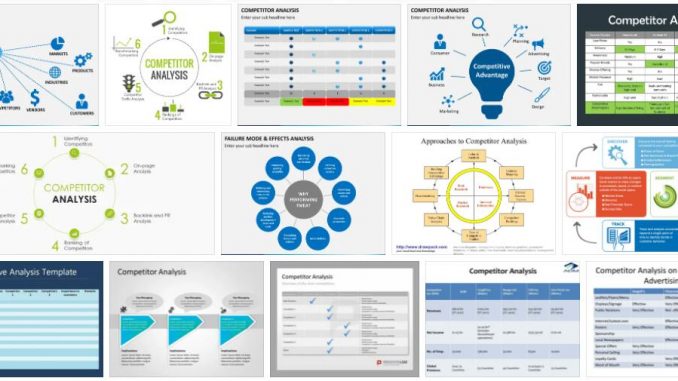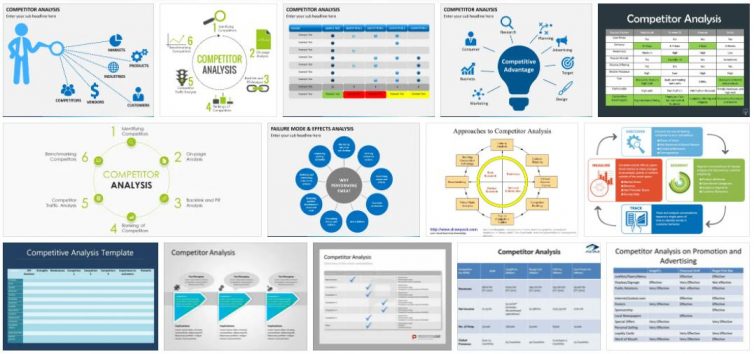
What does the competition analysis bring? Companies are often firmly convinced that they know their competitors – that is, the competition – very well and can also assess them. In most cases, these assumptions are only based on personal impressions, assumptions and superficial information. This means that these data and facts may not correspond to the actual circumstances. Such a “misjudgment” often leads to the fact that the competition secretly and unnoticed bypasses your own company. On the other hand, you should know the strengths and weaknesses of your competitors well. The competition analysis is used for this.
How to proceed with a competition analysis?
When founding or taking over a company, competitive analysis protects against unpleasant surprises. It is part of market and competition research and belongs in every business plan . Even with an existing company, it is important to look at regular intervals to see what the competition is “doing”. So you don’t miss any market developments and innovations from competitors.
It is important to know the competition and to collect important data and facts about them, because this is the only way to make strategic decisions and develop a unique selling proposition. That means a clear differentiation from your own competitors, you differ from them.
Gather information for competitive analysis
According to Wholevehicles, competitive analysis is about gathering comprehensive information about the competition. The following questions must then be answered.
- What actual or potential competitors are there?
- What is their market position?
- Who is the market leader?
- How is the quality of the competing products?
- Which sales channels does the competition use?
- How are the prices set up?
- Does the competition offer discounts?
- How are the delivery and payment conditions?
- How can the service and the image of the competitors be classified?
- Which target groups do the competitors cover?
- What advertising does the competition use?
Once these questions have been clarified, the competitors are classified in three steps.
Step 1: The direct competitor must be identified
First of all, it is important to find out which companies offer the same products in their own environment, from a small radius of 5 km to an ever larger radius (up to 100 km). The Internet offers a lot of information but also articles in local newspapers or yellow pages. You will also find what you are looking for in the guilds or the craft roll.
Step 2: Identify the indirect competitors
Nowadays it is simply no longer enough just to analyze the direct competitors, because companies keep coming up with new business ideas and products and services with which they compete.
Step 3: prioritize the competitors
If all companies are listed that represent competition and the information is collected, it should be determined which of them are the most important. Here you can proceed spatially or how well the competitor asserts itself in the market. A matrix should be created in Excel where the information can be compared and prioritized. Because every company also has its weaknesses! The important criteria include, for example, quality, price, service, market positioning, marketing and sales channels.
Step 4: Compare the strengths and carry out a strengths and weaknesses analysis
When analyzing the competition, you should always start from the benefits that the customer will experience. The following points could serve as key questions:
- Is the competitor easy to find? Which of the sales channels does he use?
- Can the employees be grouped? Do employees follow an unwritten industry law (convention)?
- What about the prices of the competition in the market? How can the price differences be explained?
- What marketing strategy is the competition pursuing? Which marketing channels are used?
- What about the company’s workload? Are the competition operating profitably?
- What other service could customers be offered? Which do they want?
Important! Don’t forget your own company!
A competitive analysis can be carried out inexpensively with simple means, externally as well as internally. It helps to better assess one’s own weaknesses and strengths and at the same time to make the appropriate strategic decisions and / or to rethink one’s own marketing and sales strategy at the same time . You should never forget to check your own company with the tools of the competition analysis, because otherwise no comparison can be made.
